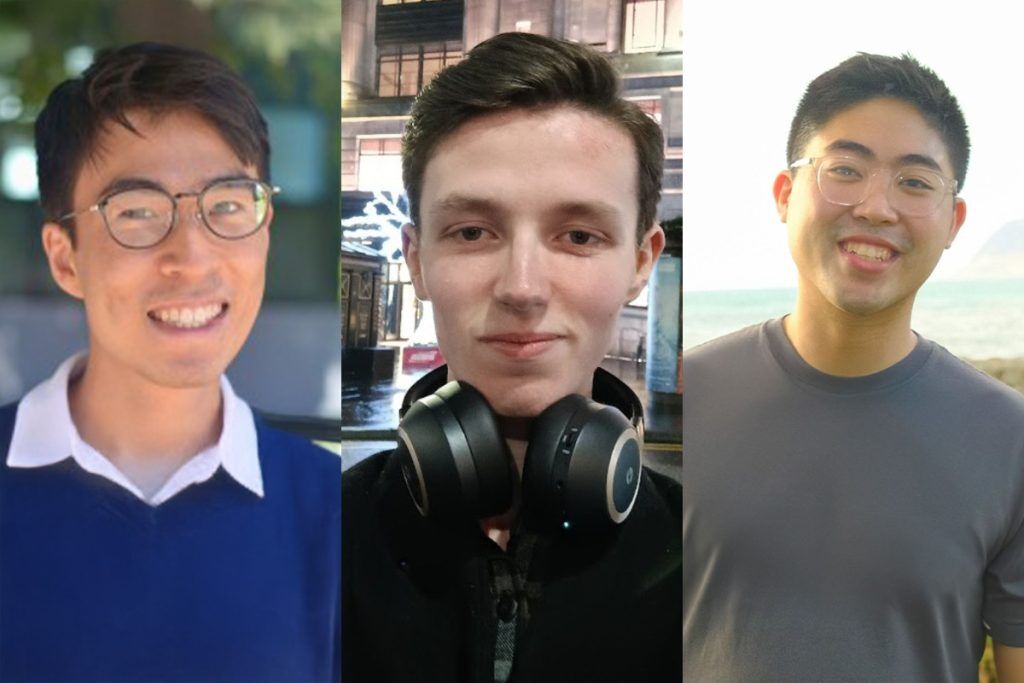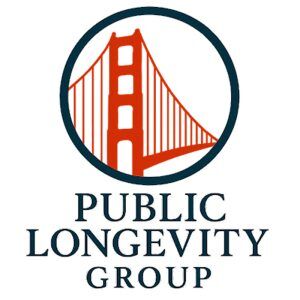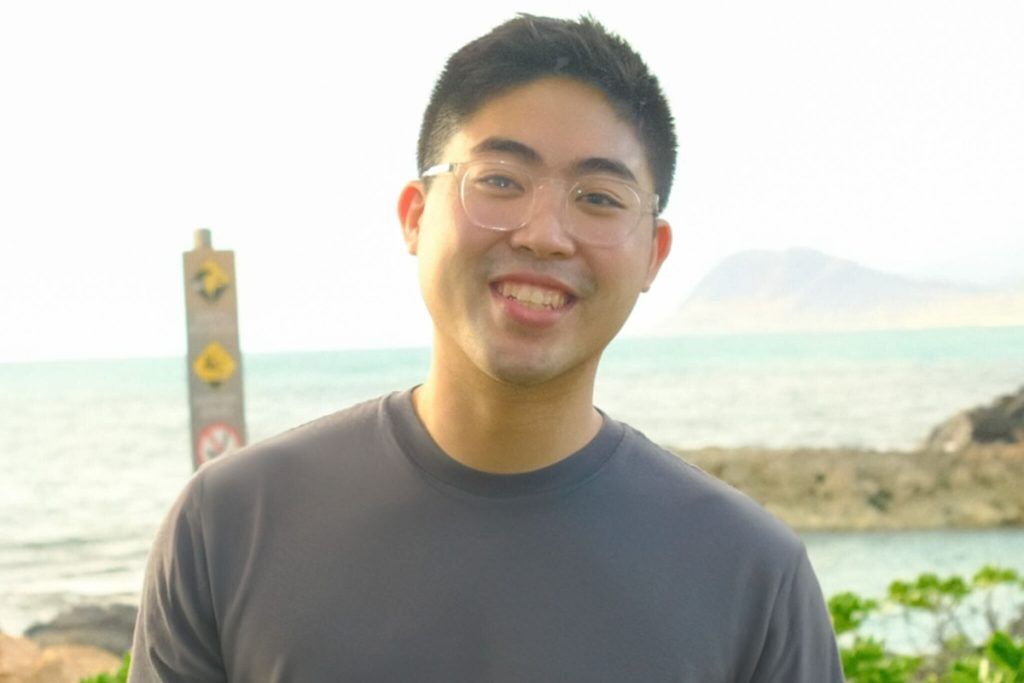Doyle Lokitiyakul, Communications Lead of Public Longevity Group, says trust is key to turning longevity science into real societal impact.
The science of longevity is racing ahead. Once dismissed as science fiction, efforts to slow or even reverse aspects of aging are now at the center of some of the world’s most ambitious laboratories and companies. Cellular reprogramming promises to restore youthful function to old cells, senolytics aim to eliminate those that fuel chronic inflammation, and artificial intelligence is accelerating drug discovery in ways unimaginable just a decade ago. Billions of dollars in venture capital, alongside the rise of dedicated research institutes, underscore the seriousness of the field.
But one crucial ingredient remains missing: trust.
Trust means more than acceptance. It means people believe longevity can make their own lives better. That is the real bottleneck. Without trust, even the best breakthroughs struggle to succeed.
History shows that innovations in the lab do not automatically translate into adoption in the clinic or acceptance in society, and the longevity field faces the same risk today. In 2013, a Pew Research Center survey found that more than half of Americans said they would reject treatments that extended life beyond 120 years, and two-thirds believed such advances would be bad for society. A decade later, skepticism remains: a 2024 Morning Consult survey found that two-thirds of US adults would still prefer a shorter life in good health over a longer one burdened by illness.
Trust, not science alone, is the true currency of adoption. Vaccination, antibiotics and even organ transplants all faced initial resistance. Not because the science wasn’t promising, but because the public and policymakers questioned safety, ethics, or fairness. Only when these treatments were communicated transparently and reframed in culturally resonant ways – vaccines as protecting children, antibiotics as lifesaving miracles, transplants as second chances – did they achieve widespread legitimacy.
The longevity field is reaching a similar inflection point. As more therapies enter clinical development, we are about to face our own “Great Wall of Adoption”. Without trust, regulators hesitate, investors stall and the public remains skeptical. With trust, however, everything changes. Funding flows, policies align and scientific breakthroughs move from the lab to where things truly matter: people’s lives.
PLG’s role
It is precisely to tackle this imminent issue that the Public Longevity Group (PLG) was initially founded. If universities generate knowledge, companies develop therapies and philanthropies provide resources, PLG builds the cultural foundation that makes all those efforts viable.

At the heart of our work is the Cultural Intelligence Engine for Longevity: the first data-driven platform that maps how society perceives the field. It tracks readiness, resistance and opportunities across demographics, regions and stakeholder groups. More than monitoring sentiment, it actively guides strategy, helping startups, nonprofits, investors and policymakers communicate effectively and avoid costly missteps.
Our early analyses have already begun to reveal troubling patterns. Longevity narratives tend to circulate within the same small circles, rarely reaching the broader public. This helps explain why, despite remarkable scientific progress, the conversation still feels niche. At the same time, the data points to unexpected opportunities. States such as Colorado, Oregon, Utah, Hawaii and Arizona are showing high levels of public interest in longevity, some nearly matching traditional and established hubs like California and Massachusetts. These overlooked regions represent fertile ground for outreach and growth, signaling that the appetite for longevity science is broader and more diverse than many assume.
Closing the cultural gap
To respond, PLG is launching a set of initiatives that form the backbone of the Cultural Intelligence Engine. Our Longevity Cultural Clock will map where support is growing and where skepticism persists. We are piloting new narratives with startups and nonprofits to test which messages resonate across communities. A public sentiment dashboard will, for the first time, provide open access to real-time cultural data. And our data infrastructure is designed to detect reputational risks and emerging opportunities before they shape the debate.

Together, these efforts replace intuition with evidence, enabling the longevity movement to act strategically and build legitimacy alongside scientific progress. Every successful movement, from public health to climate action, has built cultural legitimacy alongside scientific breakthroughs. Longevity is no different. Without public trust, even the most promising ideas and therapies risk being underfunded, misunderstood, or ignored. With trust, they can transform how society ages and thrives.
PLG exists to ensure that longevity does not remain a niche pursuit but becomes a trusted, widely embraced cultural project. Science is advancing quickly, and cultural readiness must advance with it. The future of longevity will not be decided by science alone, but by whether society is ready to welcome it. At PLG, we are replacing guesswork with strategy, using data to turn public support into the driving force behind longevity’s scientific, social and economic success.
Fueling the future
To make this vision real, PLG is launching our first-year fundraising campaign at the Longevity 2060 event in France, where Keith Comito, president of the Lifespan Research Institute, will announce it. Our goal is to raise $100,000 to support the production of our first public tools: the Longevity Cultural Clock, pilot-tested narratives and the open-access sentiment dashboard.
We invite you to be part of this effort. By supporting PLG, you are not just funding research: you are helping deliver the cultural wins that unlock policy momentum, investment and broad public adoption for longevity. Unlike most fundraisers, our rewards aren’t symbolic. They provide access to real cultural intelligence: exclusive briefings, early dashboards and insights that reveal where longevity narratives succeed, where they fail and how the field can move forward – all while powering the first cultural infrastructure designed to support the entire longevity movement.
About Doyle Lokitiyakul

Doyle first began his scientific journey as a summer research assistant at Harvard University, where he investigated how calorie restriction and signaling pathways influence mammalian longevity. Over the past decade, he has remained deeply engaged in the longevity field, contributing to research in areas spanning reproductive aging, inflammaging, and age-related macular degeneration. He recently completed his PhD at the Buck Institute for Research on Aging, where his work focused on uncovering the molecular mechanisms that enable memory formation and understanding why this process fails in neurodegenerative diseases.
Outside of research, Doyle is passionate about broadening public engagement with aging biology. He co-organized the Buck Institute’s student research symposium for multiple years, developed mentorship programs connecting local high school students with research opportunities, and provided talks at retirement homes to make cutting-edge aging research news accessible to older adult communities.


